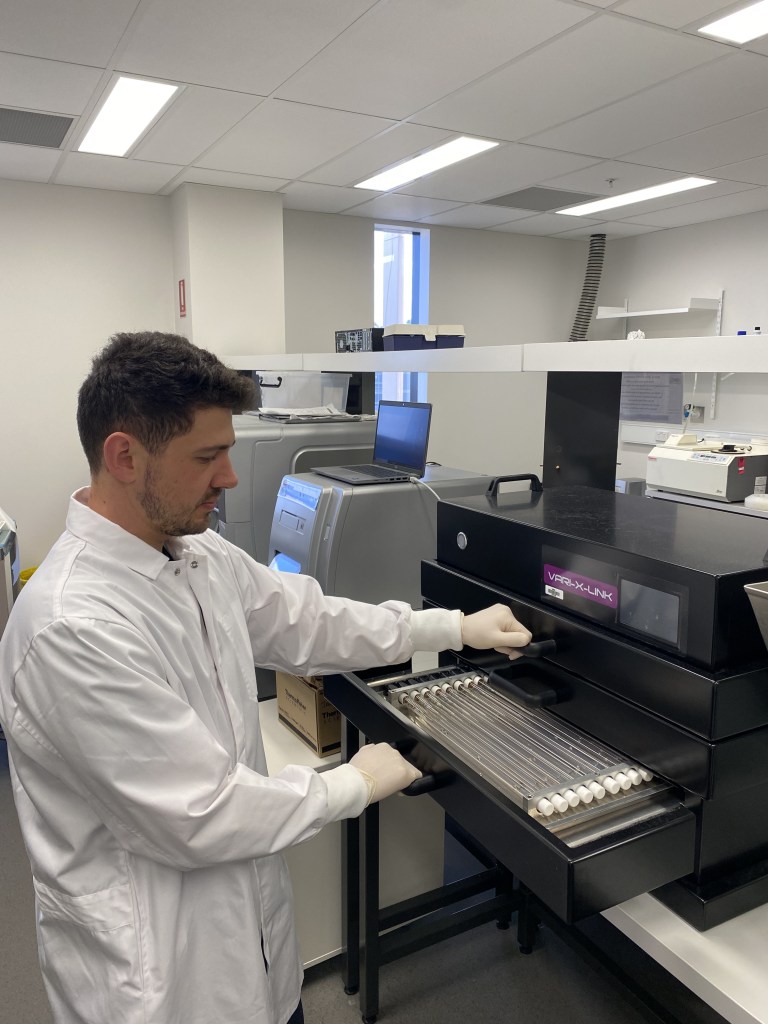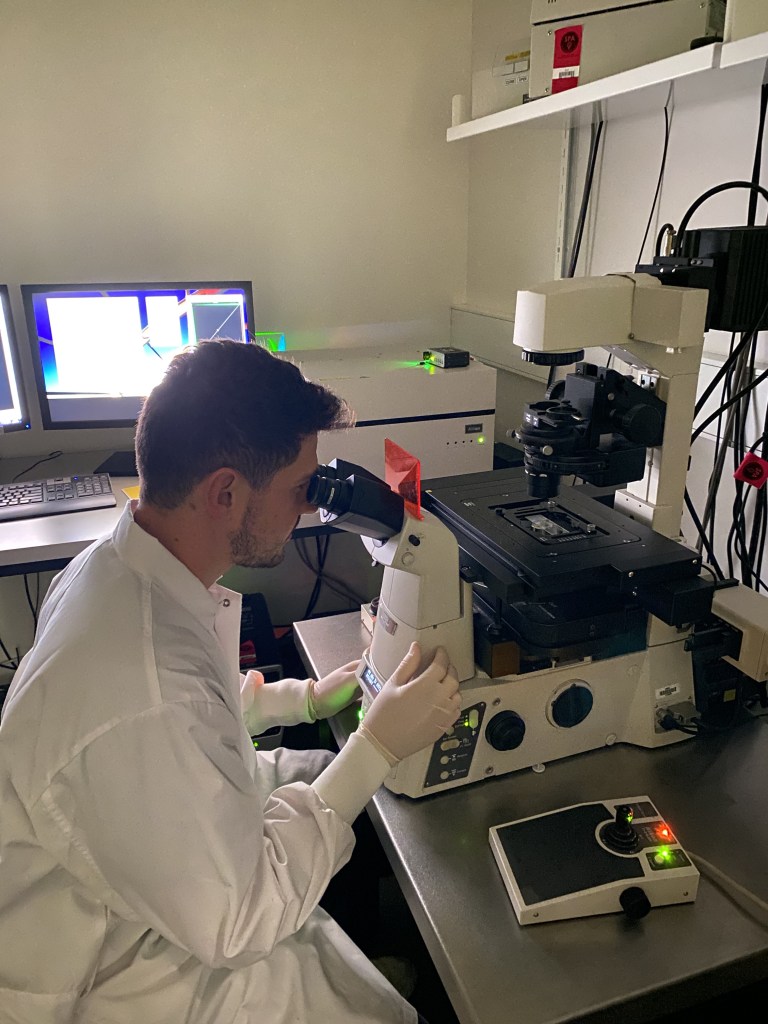When antibiotics become useless against the bacteria infecting your body, the outcome can be fatal.

When bacteria develop a mind of their own, go rogue and survive even our last line of antibiotic defences, you know you are in trouble.
A group of bacteria called ‘Golden Staph’ can live harmlessly on your skin and in the nasal cavity for some of us, but if this bacterium enters your bloodstream through a seemingly harmless scratch or cut, then it could potentially be fatal.
Golden Staph is a multidrug-resistant superbug (scientifically termed multidrug-resistant Staphylococcus aureus or MRSA) that has shown an incredible ability to thicken its cell wall, which is the external protective shell of a bacteria. This increase in cell wall thickness makes Golden Staph tolerate a commonly used last-line antibiotic called vancomycin.
Dr Daniel Mediati, a scientist in the School of Biotechnology and Biomolecular Sciences at the University of New South Wales, says some MRSA isolates have increased their cell wall in response to repeated exposure to vancomycin treatment. “This is a selected bacterial survival tactic that we are only beginning to appreciate but still don’t completely understand,” Dr Mediati explains.

Golden Staph is one of the major infectious diseases threatening hospitals in Australia. Even with our current antibiotic arsenal, death rates remain shockingly high. In other developed counties, high mortality rates are also seen for patients with MRSA-associated bacteraemia and infective endocarditis, both displaying up to 50% mortality. By understanding how the bacteria can subvert our currently used last-line antibiotics, the scientists hope they can ‘re-sensitise’ MRSA to vancomycin again and facilitate combination treatment earlier in patients infected with Golden Staph.
In 2022, Dr Mediati and colleagues published a study in the high-impact Nature Communications journal detailing the discovery of a previously unknown but important mechanism controlling cell wall thickening that involved a novel regulatory RNA and an autolytic enzyme termed IsaA. “Experiments have been ongoing over the past six months using wax moth larvae in preliminary infection models in collaboration with Prof. Amy Cain’s team at Macquarie University,” Dr Mediati explains.
“We have seen that when you delete the regulatory RNA or the IsaA enzyme in MRSA, the thickened cell wall reverts back to thin (Wild-type), and we see that these mutants are not able to cause infection anymore in our moth larvae models. Targeting both the bacterial enzyme and the regulatory RNA now becomes attractive for antisense RNA technologies that may enable vancomycin treatment to be effective again and used for combination therapies in patients,” he says.
“This is a selected bacterial survival tactic that we are only beginning to appreciate but still don’t completely understand.”
– Dr Daniel Mediati, a scientist in the School of Biotechnology and Biomolecular Sciences at the University of New South Wales
“In the future we are hoping to use technologies for mapping regulatory RNA function (like CLASH used in our study) and photoactivated localisation microscopy to characterise the cell wall architecture and work out exactly how MRSA responds to vancomycin and other cell wall stresses to bulk up its cell wall. If we can understand this survival tactic employed by MRSA to tolerate cell wall stress, then we can manipulate these pathways for future antimicrobial drug targets.”
Off the back of the success of mRNA vaccines, there is renewed interest in using RNA technologies as antimicrobials by targeting genes that are essential for growth or antibiotic resistance. Dr Mediati explains that “using these highly adaptable platform technologies for a wide range of applications by targeting particular bacterial species, metabolic pathways, or mobile genetic elements like phage, would be beneficial”.
In February 2022, a report by Grand View Research estimated that the global life sciences RNA industry sector could reach a worth of US$25.5 billion by 2028, expanding at a compound annual growth rate of 13.4%.
“Understanding bacterial cell wall thickening and the discrete regulatory pathways controlling the cell wall stress response has wider implications for public health and our bioprocessing industries,” says Dr Mediati. “This is an exciting time to be involved in the bacterial RNA research sector in Australia and I anticipate more great results to come out of our Australian laboratories in the near future to tackle infectious disease threats.”